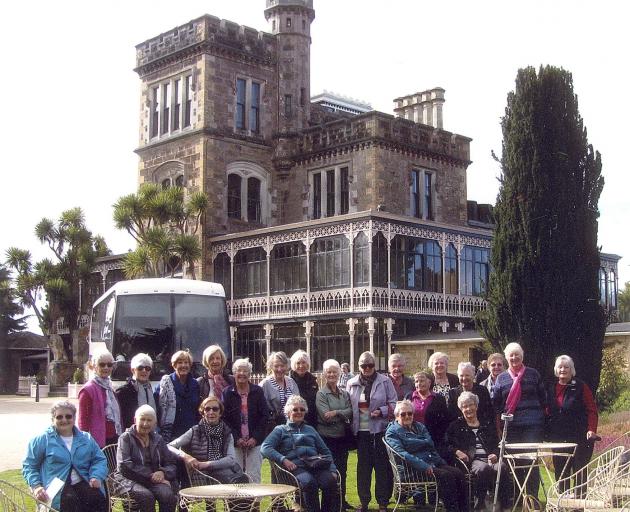
Earlier this month, Dunedin played host to a most eminent group of former scholars. Among them was Ellen Ramsay, of Weston, one of the Dunedin Public Hospital’s nursing class of April 1958, whom it was a delight to meet when she popped into the ODT to see if I’d be interested in a story about their 60th reunion.

"On April 1, 1958, 50 young women began their training at Dunedin Public Hospital. The class of April 1958 was the first class of such a big number and also the first time maternity training was included with general nursing training.
"We worked six days a week for the princely pay of £6 a fortnight — plus a shoe and stocking allowance. On one occasion, some nurses at Parkside worked three weeks without a day off. Their reward — a visit to the matron’s office for a ‘thank you’.
"It was task-orientated training and very daunting at times. We acquired new skills quickly and very soon developed a high sense of observation. The theory of nursing was learnt on study days and in study blocks.
"Contrasting with the formidable responsibilities faced on the wards was the strictness with which our off-duty time was controlled.

"We were not allowed to skip meals — someone was on watch to see we didn’t. Once a month we were weighed at 8.30am in uniform, in the front foyer, overseen by the assistant matron. Any increase or decrease in weight was viewed with suspicion. Tuberculosis was still a consideration then.
"Despite, or because of, long working hours and the many restrictions on our personal lives, we forged wonderful friendships. By working and living together, we were always available and able to provide understanding, encouragement and support for each other.
"These special friendships have stood the test of time. Our celebrations are not all about reminiscences — we are not only old friends but remain contemporary friends."
Ellen says the 22 at the reunion had a wonderful time. But she’s not sure what happened to their mascot "Bones", who posed with them in their 1958 class photograph.
Thanks for sharing your experiences with us, Ellen.
 Who are these ‘‘Otagonians’’? Does the regional council mean ‘‘Otagoites’’?
Where do we live?
Who are these ‘‘Otagonians’’? Does the regional council mean ‘‘Otagoites’’?
Where do we live?

An avid reader of this column sent in the other photo being used today and said "I nearly banged my head on my desk" when he saw its contents.
Aren’t people who live in Otago called "Otagoites"?
Clearly the regional council — which you’d expect to be the fountain of wisdom on this — has other ideas.
The council is calling on "Otagonians" to have their say on its long-term plan.
I’m not sure there is any such word.
"Oregonian" is about the closest I can find for a resident of that US state.
"Otagonian" actually sounds a bit intergalactic. Though why we’d want denizens of another planet to comment on the regional council’s long-term plan is beyond me.
It might also cause quite a stir if they drop down out of orbit to attend a meeting at Mosgiel or Balclutha.
I wonder where "Otagonian" came from?
Monarch advice
It’s hard to get away from these butterflies. Jacqui Knight, from the Monarch Butterfly New Zealand Trust, passes on some more advice for readers trying to understand the behaviour of their monarchs.
Adrien Dever, of Forbury, had expressed her frustration at trying to keep the caterpillars in close proximity when they are ready for their magical transformation.
Jacqui suggests bringing any potted swan plants inside.
"If you stand them in a tray of shallow water, this will act as a moat and the caterpillars will have to pupate on the plant."
She also has some advice for John Holtz, of Green Island.
"Chrysalises don’t need to be hanging for the butterflies to emerge safely. They can be left lying down next to something on which they can crawl up immediately the butterfly emerges. But it should be a slightly rough surface, such as net or cloth. My friend hangs a towel in an L-shape over a chair and puts the pupae in the angle."
